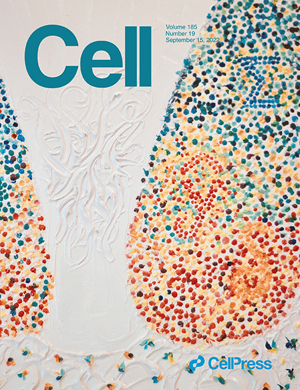Researchers at the Deisseroth Lab at Stanford University use the MPM Multi-Probe Micromanipulator for in-vivo electrophysiology with optogenetic stimulation. They published results in an article, “Cell-type-specific population dynamics of diverse reward computations,” in the 15 September 2022 issue of Cell.
Summary: Computational analysis of cellular activity has developed largely independently of modern transcriptomic cell typology, but integrating these approaches may be essential for full insight into cellular-level mechanisms underlying brain function and dysfunction. Applying this approach to the habenula (a structure with diverse, intermingled molecular, anatomical, and computational features), we identified encoding of reward-predictive cues and reward outcomes in distinct genetically defined neural populations, including TH+ cells and Tac1+ cells. Data from genetically targeted recordings were used to train an optimized nonlinear dynamical systems model and revealed activity dynamics consistent with a line attractor. High-density, cell-type-specific electrophysiological recordings and optogenetic perturbation provided supporting evidence for this model. Reverse-engineering predicted how Tac1+ cells might integrate reward history, which was complemented by in vivo experimentation. This integrated approach describes a process by which data-driven computational models of population activity can generate and frame actionable hypotheses for cell-type-specific investigation in biological systems.
The researchers used Neuropixels 2.0 probes, positioned using the MPM Multi-Probe Manipulator System (New Scale Technologies) and controlled by the SpikeGLX software (Janelia Research Campus), for the acute in-vivo extracellular electrophysiological recordings acquired at 30 kHz.
New Scale is also pleased to be acknowledged for providing support on the electrode mounts.
Learn More
Read the open-access article: Sylwestrak*, Jo*, Vesuna* et al., Cell-type-specific population dynamics of diverse reward computations, Cell (2022) https://doi.org/10.1016/j.cell.2022.08.019
Read about the MPM System and Optogenetics

The cover of Cell 15 Sept. 2022
Image credit: Emily Sylwestrak, Deisseroth Lab/Stanford University and the University of Oregon
In this issue, Sylwestrak, Jo, Vesuna et al. (3568) show how neuronal gene expression patterns map onto computations carried out by populations of cells. The cover uses pointillism to illuminate the cell typology underlying this concept, illustrating the intersecting features of gene expression, anatomical organization, and computational diversity in brain cells underlying complex behavior. Embedded in this diverse transcriptional landscape are cell types encoding reward predictions, reward errors, and reward accumulation, here represented by the mathematical symbols ŷ, δ, and ∑, respectively.

